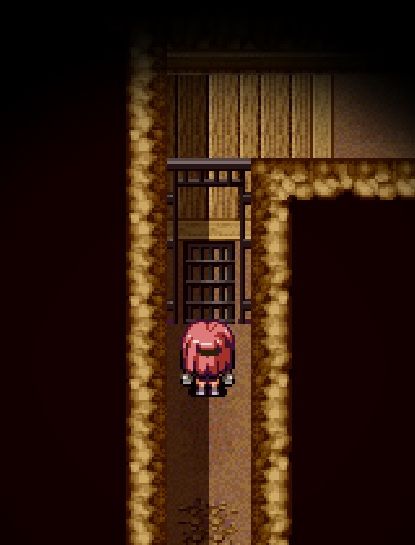Certain design elements in the game are based on pen and paper RPGs and computer RPG variants of them - the EXP table in the game actually only goes up to 30, and from the very start, I only intended for the saga to take place over 30 levels. Those 30 levels were meant to encompass the same growth that 99 levels would in a different game.
In Japanese style RPGs, it is normal to reach level 50 or 99 (or sometimes even higher), but in tabletop games such as D&D, or even in many classic Western RPGs such as Fallout, Dragon Age, Neverwinter Nights, etc, 20-30 is considered an end game level range. Keeping the numbers smaller allows for more complex game mechanics and attack formulas to be easily tracked, and the math is much easier to balance as well. Just think about it: in a game where there is no natural stat growth, and you assign points each level, it's much easier to completely screw up your character and make them unplayable over 99 levels than it is over just 30. When I'm designing monsters, this way I know roughly what range the party's attributes will be, whereas 99 levels would have a MUCH bigger variance.
Basically, in Heroes of Legionwood, if a character gets to level 30, they'll have learned all of their class Techs and will be on a power level similar to a level 99 character in other RPGs you may be used to.
By the way, you REALLY must have grinded to get to level 30! You're not meant to get there through normal gameplay until the final installment in the series! I think you have amazing patience


























